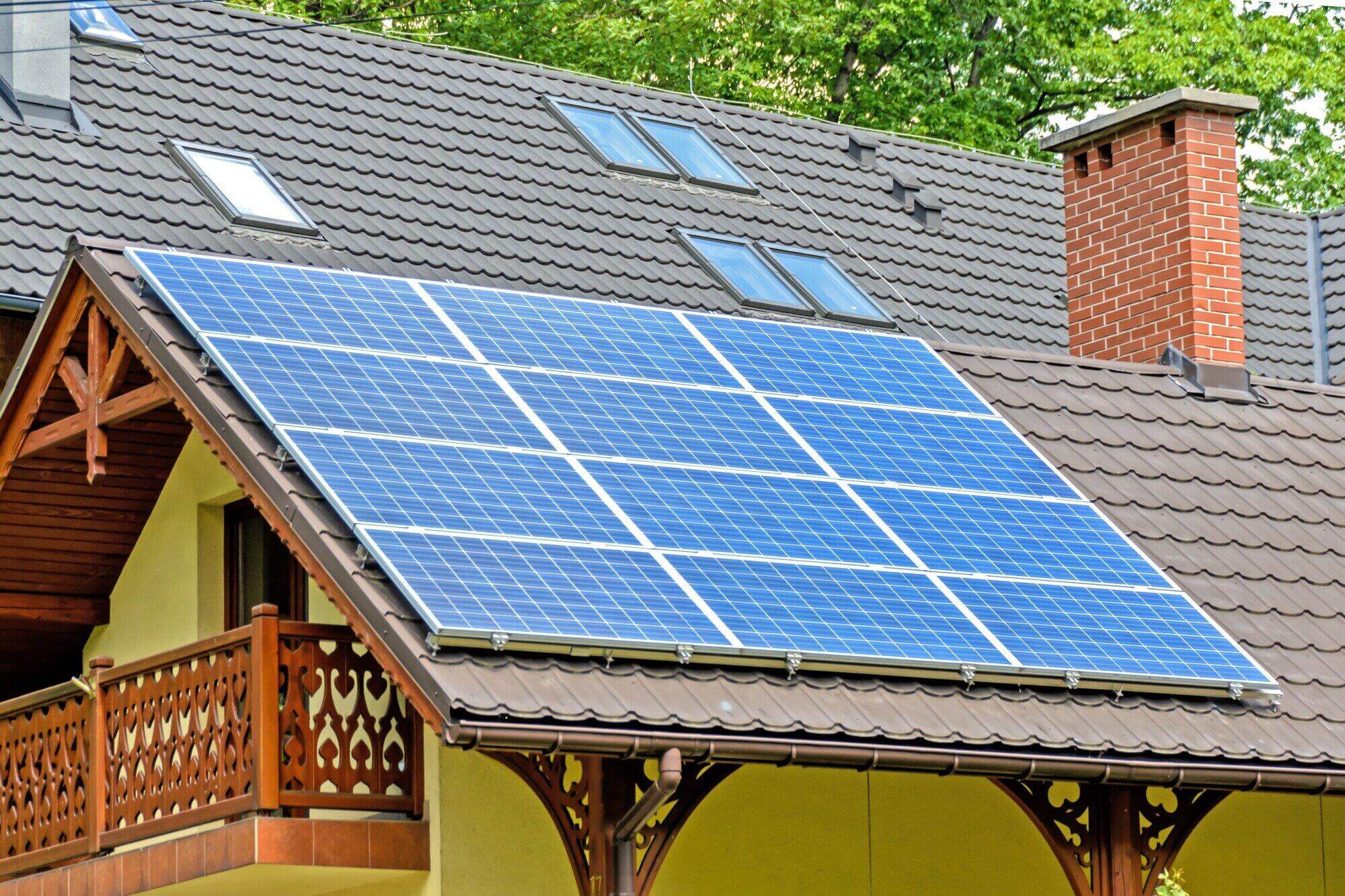
Installing solar panels requires you to understand how to keep it sturdy and durable. So, it helps to consider different parts to improve the results.
Because of this, many suggest looking into different solar panel mounting brackets to find an efficient solution. But the question is, what are the types?
Let’s explore the options you can use for a solar system installation and how to do so.
Roof Mount Racking
With solar panels, roof mount racking is the go-to option for residential homes and small businesses. It maximizes sun exposure using the roof space, allowing you to generate optimal energy.
Plus, it looks great and blends seamlessly with the building’s design. It’s also ideal for people who have limited space.
Before installing it, assess your roof’s condition and sun exposure levels. It includes checking for any potential obstructions, like chimneys or vent pipes.
Locate the rafters on your roof and secure the mounts onto them using stainless steel lag bolts. Attach the base rails to the mounts and install the solar panels onto them before securing them in place.
Solar Ground Mount
A solar ground mount is ideal if you have limited or unsuitable roof space for the panels. Instead of going on the roof, you install these directly into the ground at the perfect angle.
These are usually more expensive than roof mounts. But they make your solar panels more flexible. It’s because you can adjust their size and location according to your needs.
Before you install them, choose an area close to your property that gets maximum sun exposure and minimal obstructions. You also want to check the ground condition in your chosen area, like soil type and stability.
One thing to note is that they require digging foundations for the mount structure. So, it’s crucial to be sure your soil is in the right condition before securing the panels.
Pole Mounts
Pole mounts are great for small-scale installations or areas with tricky ground conditions. It also lifts solar panels off the ground, offering protection from ground-level hazards.
Moreover, they are easier to adjust and let the panels follow the sun’s path throughout the day. So, you can boost energy production and optimize efficiency.
Because of its structure, you should check sun exposure levels and soil stability. A few things to remember are that you should get maximum access to sunlight and enough depth to keep the pole in place.
Note that the depth usually depends on the size of the mount and local wind conditions.
Flush Mounts
Flush mounts are an excellent choice if you prefer something simple and affordable or have a flat surface. These mounts attach directly to the roof surface, keeping the solar panels close to the structure.
Just keep in mind that they have limited adjustability and may not be the best option for roofs with steep slopes. So, when choosing solar panel mounting systems, consider the unique characteristics of your roof.
You also want to learn about the typical solar panel cost to see how much to stretch or reduce your budget with the other materials.
Before installation, you must mostly check your roof’s condition, sun exposure, and obstructions. When you locate the rafters, you can secure the flush mounts and attach the panels directly to them.
Tilt and Adjustable Mounts
Tilt and adjustable brackets are primarily made for angle adjustment. So, they have the advantage of ensuring optimal sun exposure at all times. It means they’re perfect for roof and ground mount installations, making it a versatile solution.
However, this advanced functionality makes them pricier than other options. It’s also necessary to ensure regular maintenance to keep them working their best.
You usually determine the tilt angle of the mounts after evaluating the site. Be sure it’s in the perfect position before securing it. Either way, you can still adjust them whenever it’s necessary.
Ballasted Mounts
Ballasted mounts work best on flat roofs or areas where drilling isn’t ideal. Instead of penetrating the surface, these mounts rely on the weight of the solar panel system or additional weights to keep everything secure.
This design not only provides stability but also minimizes damage to the roof, which is why many people prefer it. Although the installation might require more labor, the long-term benefits make up for it.
With ballasted mounts, it’s crucial to check potential obstructions and wind-loading conditions since they rely on weight for stability. You want to be sure you keep it away from anything that can cause it to feel lighter.
When ready, place them on the roof, spreading them evenly to distribute the weight and reduce the pressure on the roof. After placing the mounts, you can add weights as much as necessary.
Solar Carport Mounts
Solar carport mounts are an eco-friendly solution that combines solar panel installation with a functional carport structure. These cutting-edge systems are designed and installed over parking areas.
So, you can shade your vehicles and receive renewable electricity at the same time. Because of this, you can maximize the use of your space while working towards a greener environment.
Moreover, solar carport mounts offer long-term financial benefits compared to other solar panel mounting systems. It’s because they provide enough protection for your vehicles, allowing you to worry less about their maintenance.
Before installing solar panels with these, remember to check the parking area’s dimensions. It would be best if you also considered local weather conditions.
Unlike other mounts, they function as a structure, so careful designing is crucial. So, be sure the design aligns with the area’s size, number of panels, and local building codes.
Simplify Installation With the Right Solar Panel Mounting Brackets
You can make a well-informed decision by understanding the different types of solar panel mounting brackets. At the same time, it helps you choose the one that best suits your home or business while maximizing its use.
With this, you can enjoy more savings as you work towards sustainable practices!
What do you think? Check out our blog to learn more.




